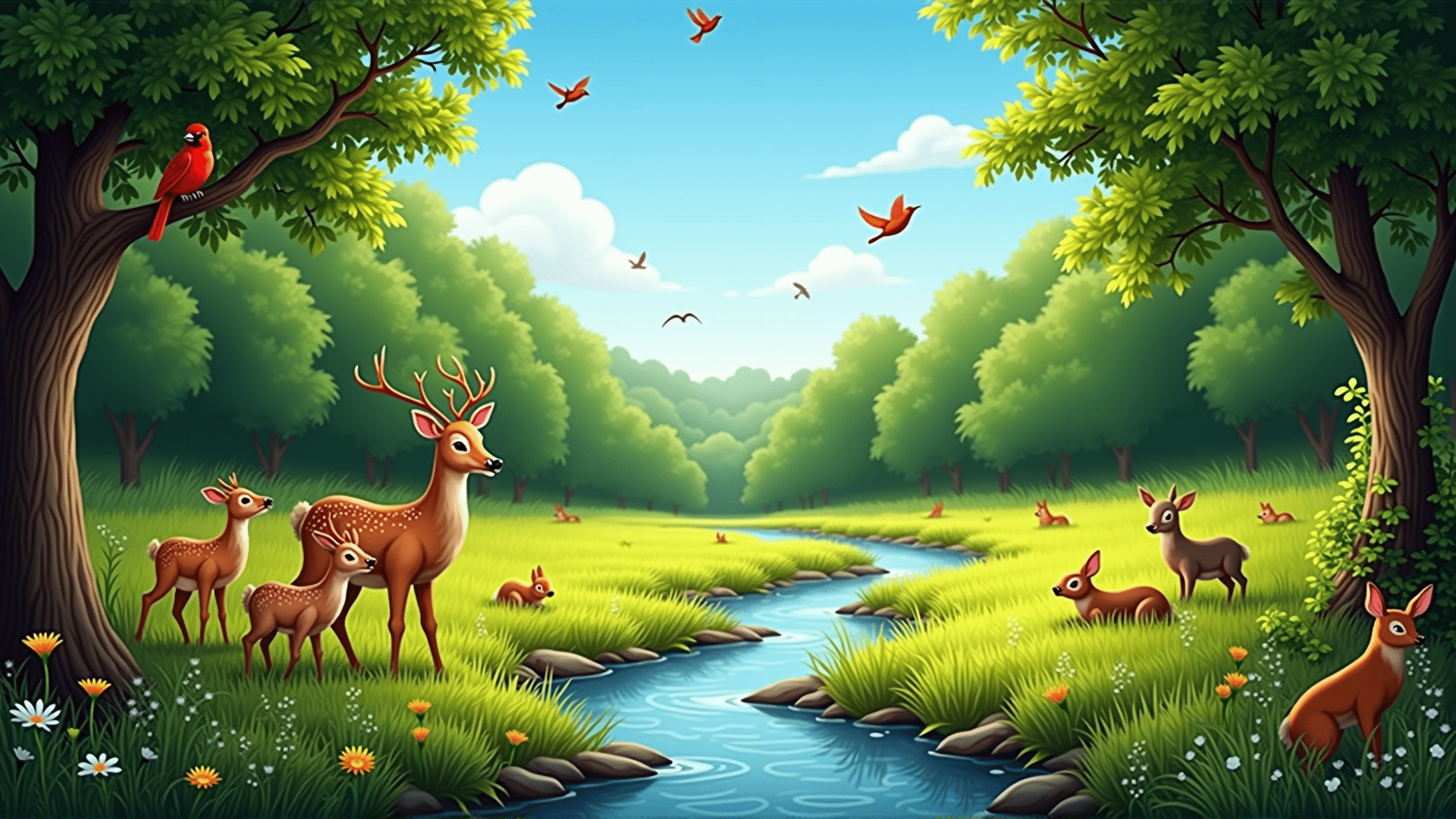Creating environments that support and nurture wildlife is a vital step towards maintaining biodiversity and promoting the health of ecosystems. Welcoming a variety of species into our midst enriches our natural surroundings and contributes to the ecological balance necessary for all life.
To begin with, providing food sources is essential. Planting native flora not only supports the local ecosystem but also supplies food and shelter for a range of species. Native plants are adapted to the local climate, soil, and wildlife, offering optimal nourishment and support with minimal intervention. Additionally, gardening without synthetic fertilizers and pesticides ensures that these spaces are safe for wildlife.
Water is another critical element that can attract a variety of creatures. A small pond, a birdbath, or even a dish of water can serve this purpose. Water features support amphibians, insects, birds, and mammals, offering them essential hydration and a location for breeding or feeding. Ensuring these water sources remain clean prevents the spread of disease and encourages repeated visits by wildlife.
Habitat diversity is key to attracting different species. Leaving parts of your yard untouched creates a haven for wildlife. Piles of leaves, fallen branches, and overgrown areas provide excellent environments for insects and small mammals. Dead trees, or snags, can be left in place to supply nesting sites and habitats for birds, bats, and more.
Creating corridors that connect these habitats offers creatures the ability to move safely between feeding, nesting, and breeding sites. These pathways can be formed by hedgerows, fences covered with climbing plants, or rows of trees and shrubs. These connections are crucial for the safe movement and genetic exchange of species, particularly in urban environments.
Engaging with the local community can amplify efforts. Sharing knowledge about wildlife-friendly practices encourages wider participation and strengthens support networks for local species. Community gardens, wildlife-focused clubs, and educational workshops can all foster a culture that cherishes and protects the natural world.
Promoting responsible interactions with wildlife is crucial. Observing from a distance, refraining from touching or attempting to domesticate wild creatures, and understanding the impact of our presence ensures that we respect their space and natural behaviors. Educating children and raising awareness about the importance of wildlife protection can instill lifelong appreciation and understanding.
Supporting and nurturing wildlife habitats goes beyond our immediate surroundings and creates ripples of positive impact throughout the ecosystem. By taking thoughtful steps to create environments that cater to the needs of local wildlife, we contribute to the preservation of nature for future generations. In doing so, we also enrich our own lives with the beauty and diversity that flourishing, healthy ecosystems provide.
